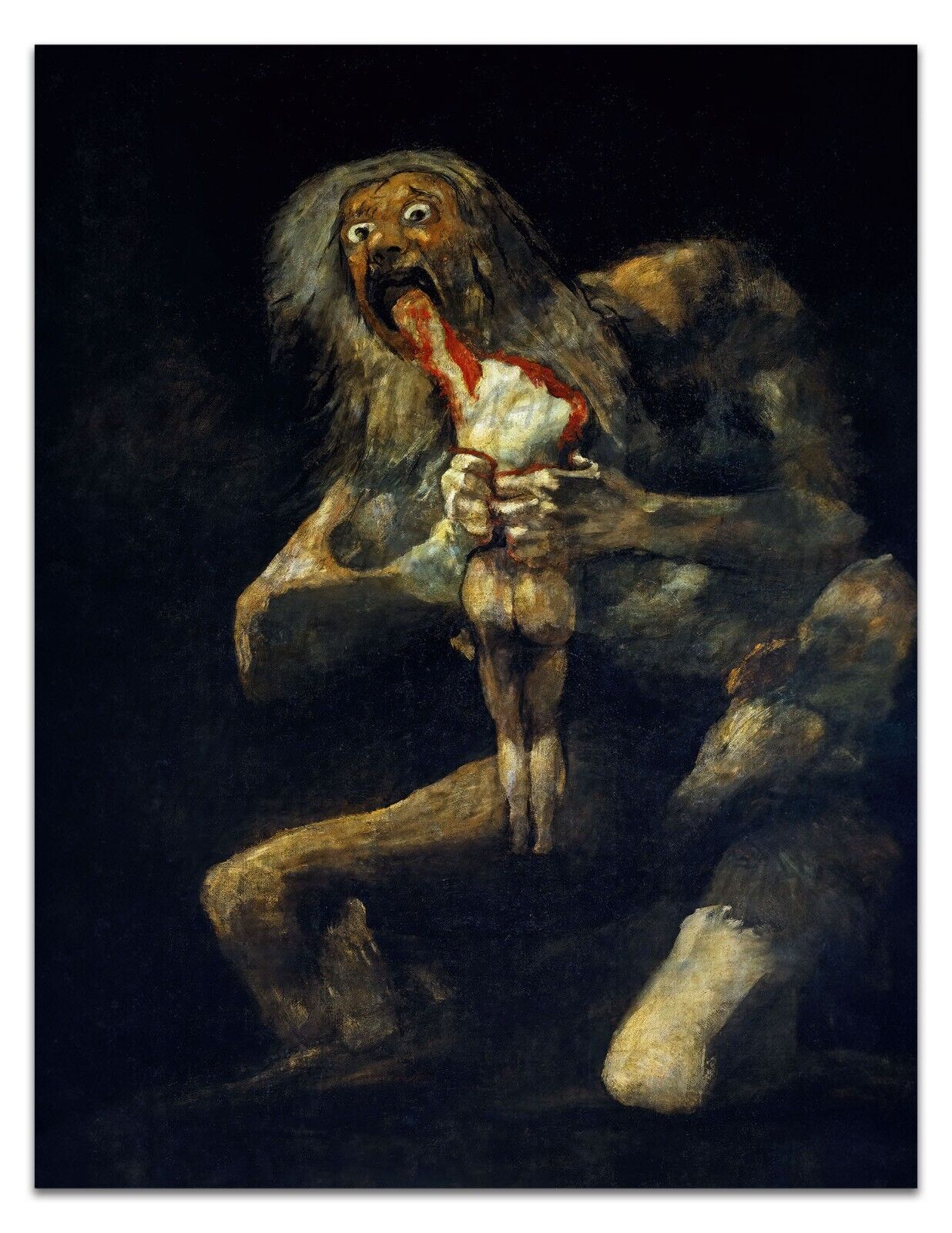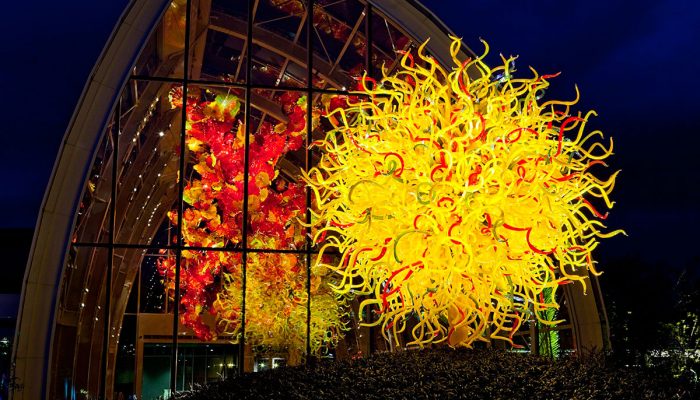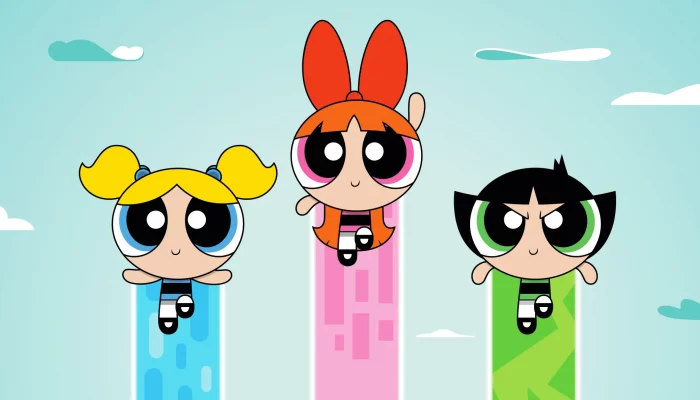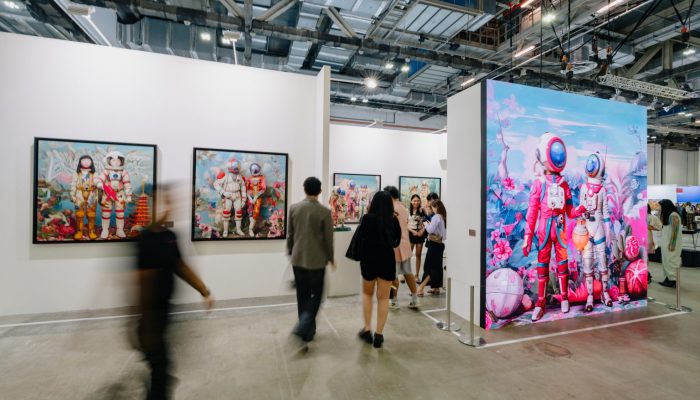
One scene in the Netflix series Ripley shows the protagonist being captivated by a painting by Caravaggio entitled David with The Head of Goliath which is on display at the Galleria Borghese in Rome.
Ripley (Andrew Scott), a con artist and sociopath, immediately felt an inner attachment to one of Caravaggio's legendary works. A conscience-stricken work that mirrored the situation of his life at the time.
Ripley is the best example of a story that is not directly about art or artists. More precisely, stories like Ripley emphasizes the subjective influence of art, both trivial and massive, on the protagonist's life story.
For context, David and the Head of Goliath Caravaggio's David holding Goliath's head with a strangely sad or even sympathetic look on his face-and Ripley interprets the meaning behind the painting as an expression of defeating the evil within. The problem is, he doesn't feel the sadness on David's face.
A bit of trivia, Caravaggio was a pioneer of the school of Baroque which gained fame thanks to the use of the technique tendrisme with extreme white-to-black transitions. Most of Caravaggio's paintings are draped in deep black strokes that further highlight the darker side of humanity (to emphasize the element of light vs. dark, series creator Ripley packaged it in black-and-white visuals). This may also be a reflection of his inner turmoil as he himself was a controversial figure during his time.
The Influence of Art in Movie Plots
The influence of art or artists on the plot of a movie (which is actually also a manifestation of art in the format of audio visual) is nothing new. What is commonly worked on is biopic about artists such as Big Eyes, Basquiat, and Pollock; but movies like Ripley is not about art or artists. But their grip is thick and they inspire the storyline.
Some other examples include Monalisa Smile (2003) that not about Leonardo DaVinci's most famous painting but rather about the dynamic life of an art lecturer (Julia Roberts) and her students. Swedish Movie The Square (2017) tells the story of an art installation that caused controversy even before the opening night.
Midnight in Paris (2011) tells the story of a novelist who miraculously meets his idolized writers and artists of the past such as Ernest Hemmingway and Salvador Dali in the middle of the night in Paris; and even an Indonesian movie produced by Netflix, Stealing Raden Saleh, is arguably a movie with elements of art without focusing on the art and the artist himself, ala DaVinci Code and Thomas Crown Affair.

There are also a series of iconic films that borrow visuals or characterizations from classical artworks, such as Pan's Labyrinth that takes inspiration from paintings Saturn Devouring His Sons by Francisco Goya to create the Pale Man monster with eyes in both palms (which director Guillermo Del Toro says was also inspired by anime characters).

Melancholia borrowing visuals Ophelia by John Everett Millais who is soaking in the pool for Kirsten Dunst's figure at the end of the story; Inception applying visuals dreamlike an upside-down cityscape similar to M.C Escher's paintings such as Ascending and Descending and House of Stairs; and iconic visuals The Exorcist and Truman Show took inspiration from the paintings of Rene Magritte.
Sure art imitating art is nothing new as many art mediums take inspiration from other artworks. When done right, it's actually a more appropriate term, art complements art. Like Ripley that complemented-and cut down-the works of Caravaggio.





